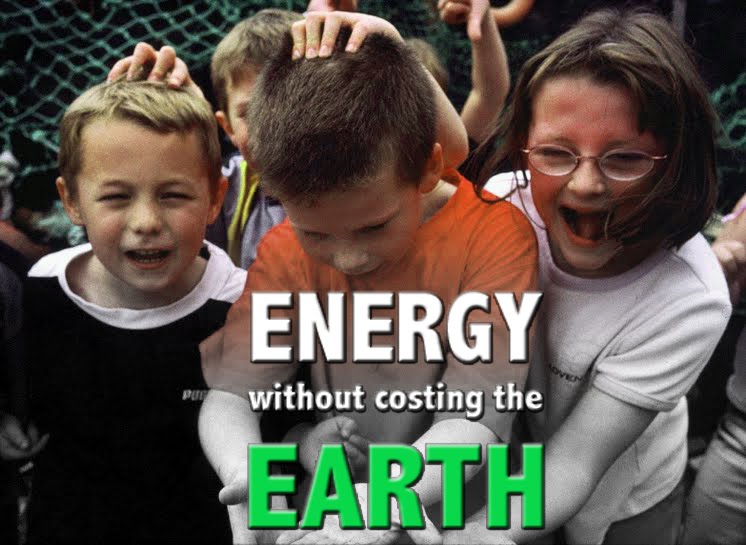It seems a simple process - kill the deer, butcher and process them locally, then sell locally.
Sadly, the venison industry is anything but simple. The growing taste for venison means that we are actually importing venison from the other side of the world with it being flown thousands of miles from New Zealand to meet the demand from processors, supermarkets and restaurants for this lean meat.
At the same time, according to Scotland on Sunday over a third of the venison produced by the £70.4 million a year industry gets sent to the continent - primarily by the game dealers – to end up being stuffed into German sausages.

Part of the problem is there are restrictions on when deer can be culled, so they are not available all year round – unless farmed. Another issue is licensing. Historically most of the deer culled has gone to licensed game dealers who can get more from exporting than selling locally ( this is the fate of much deer culled on John Muir Trust land as it is for many estates).
Investment in local butchering and processing is a costly affair. The capital costs for deer larders that meet the standards and facilities to skin the beasts make it prohibitive for many communities to look at.
So are there other ways to get local food to your plate?
The Fife Diet encourages people to sign-up to eating food from the region, monitor their progress and share their experience. They are working closely with suppliers and local farmers. The group aims to shorten the supply chain, reduce food miles, create innovative distribution services and re-localise produce. This approach is meeting with some success with some 800 people already signed up to the initiative.
In Assynt and North Lewis, thanks to funding through the climate challenge fund communities are hoping to look at the issues around food production and food miles.
According to research some 70% of food miles are created by the consumer driving out to buy food.
Meanwhile, next time you have a plate of venison, check where it comes from. Has it taken 11,000 airmiles to arrive on your plate from New Zealand or a maximum of 370 airmiles from Scotland?



No comments:
Post a Comment